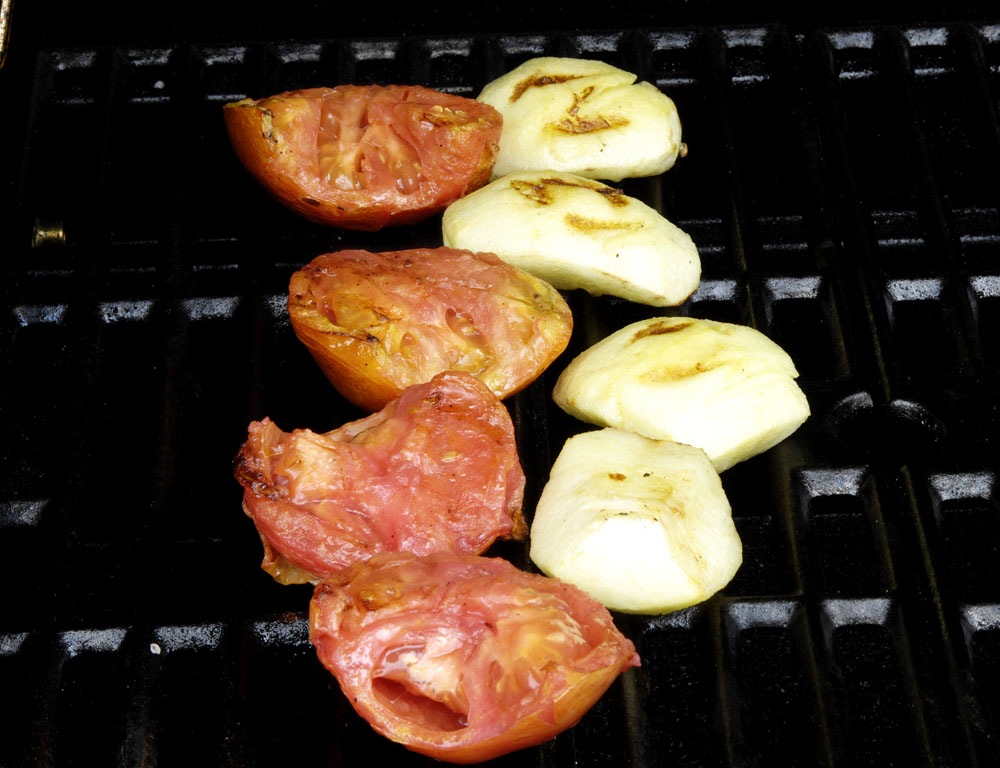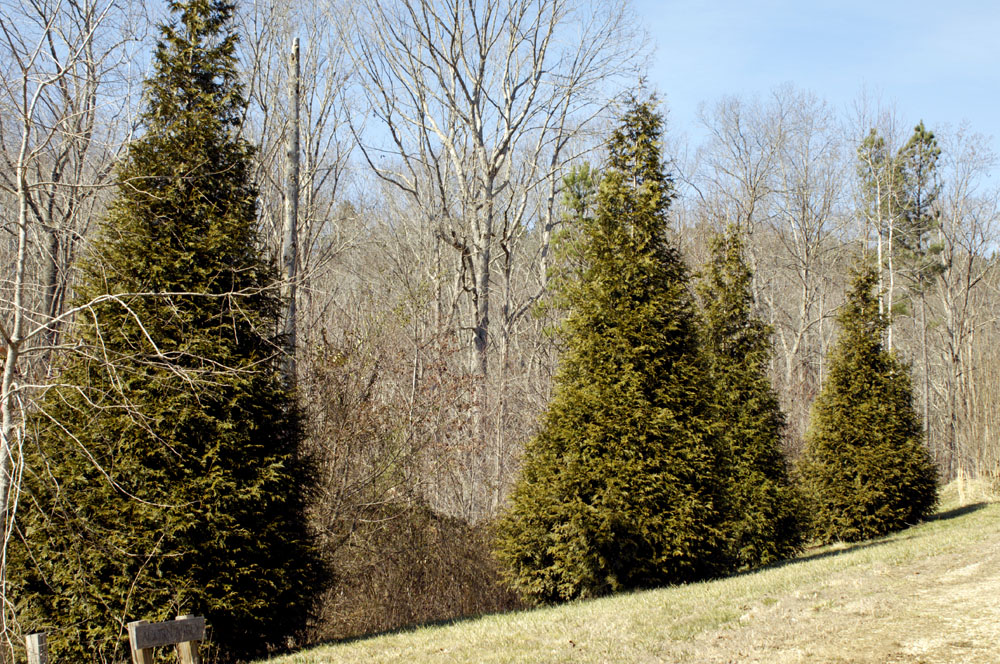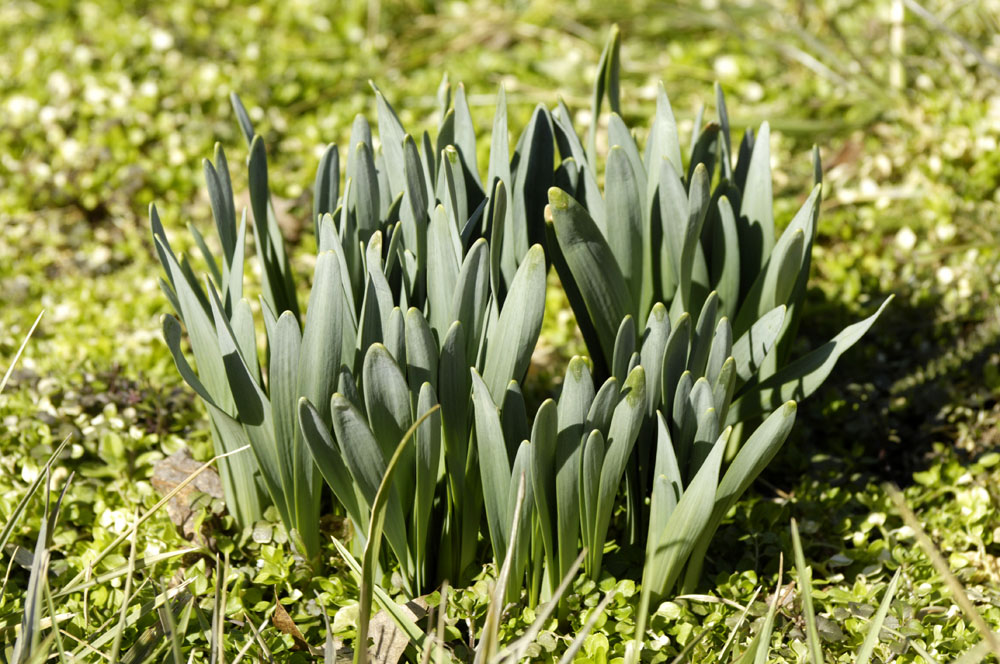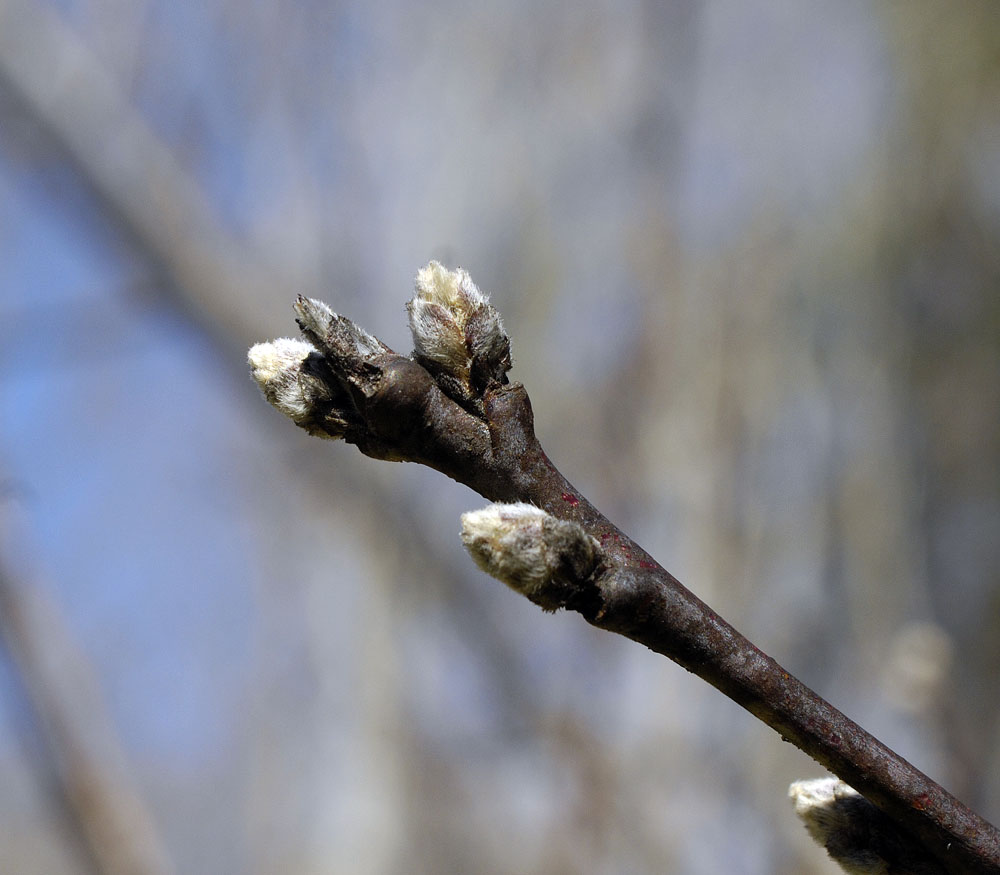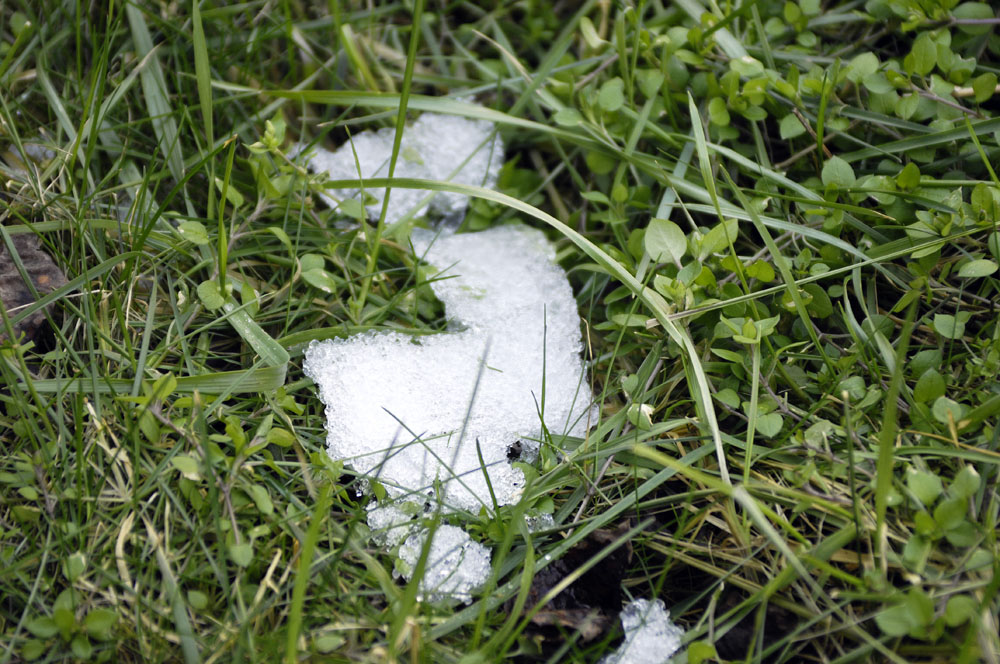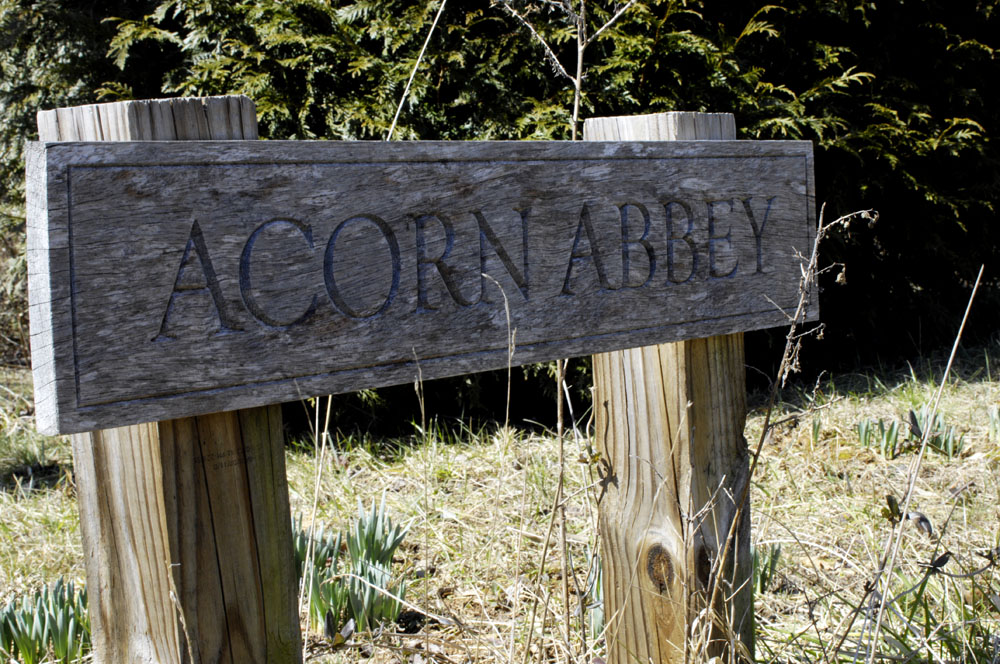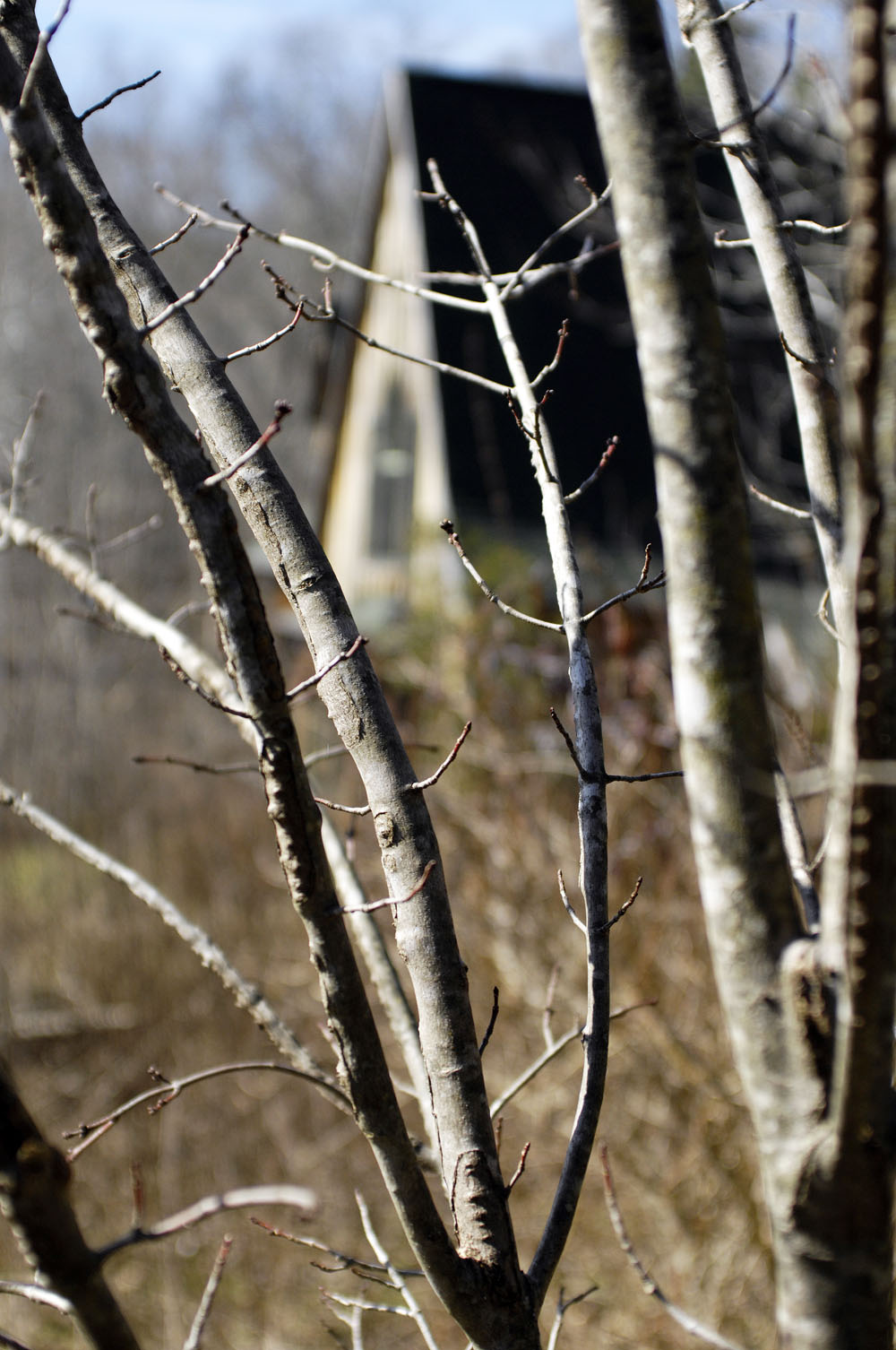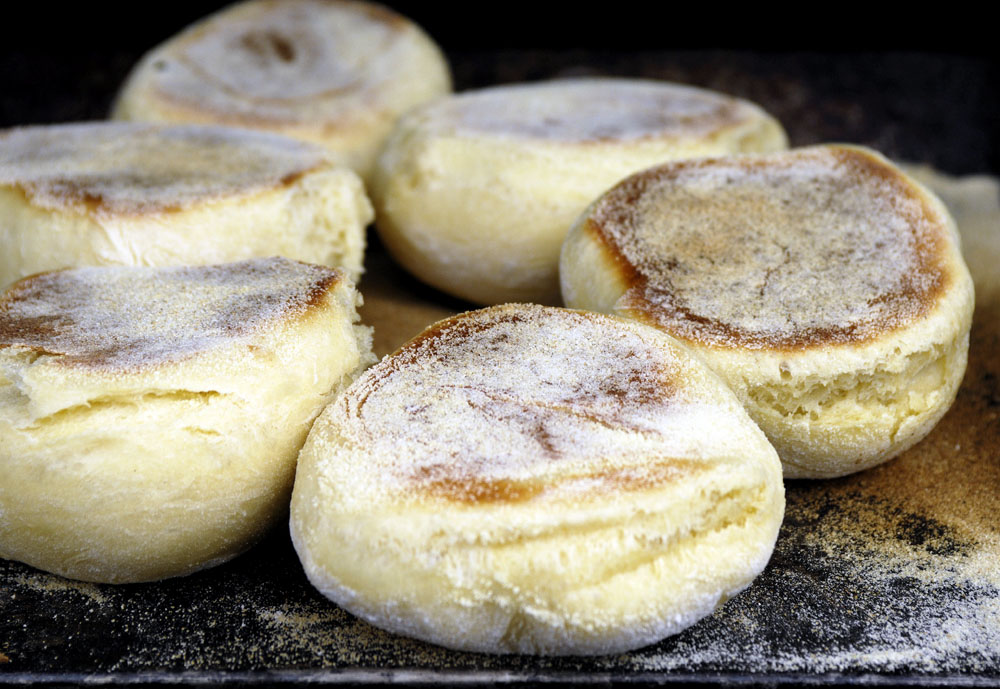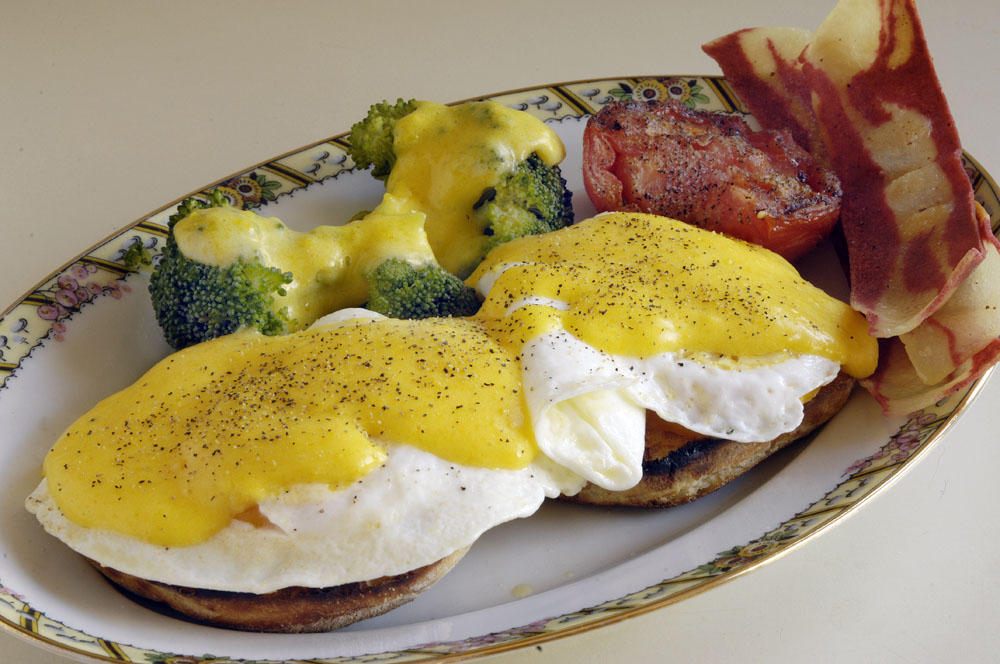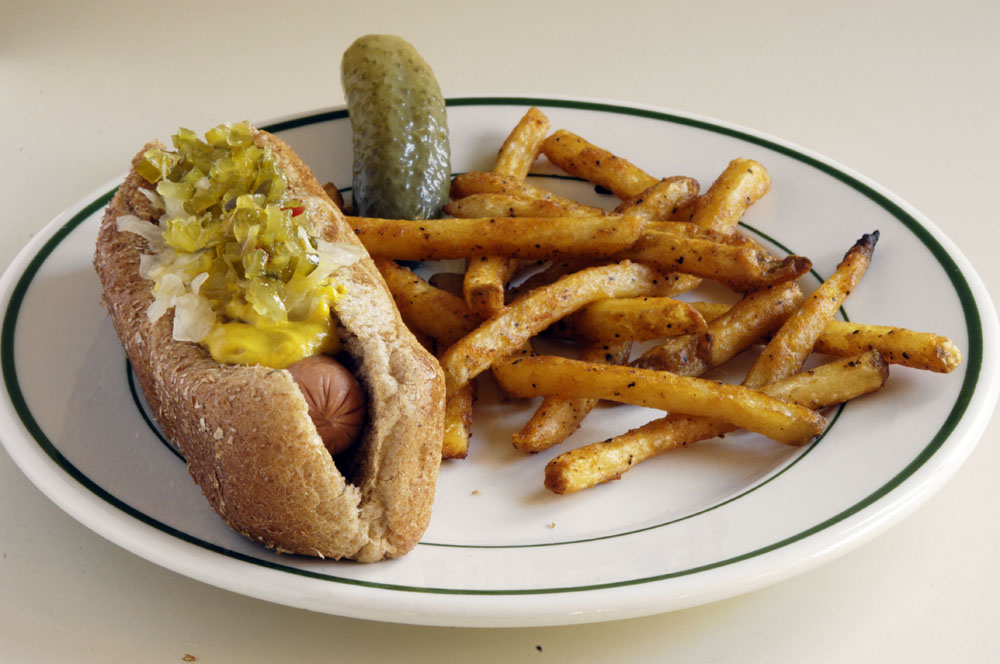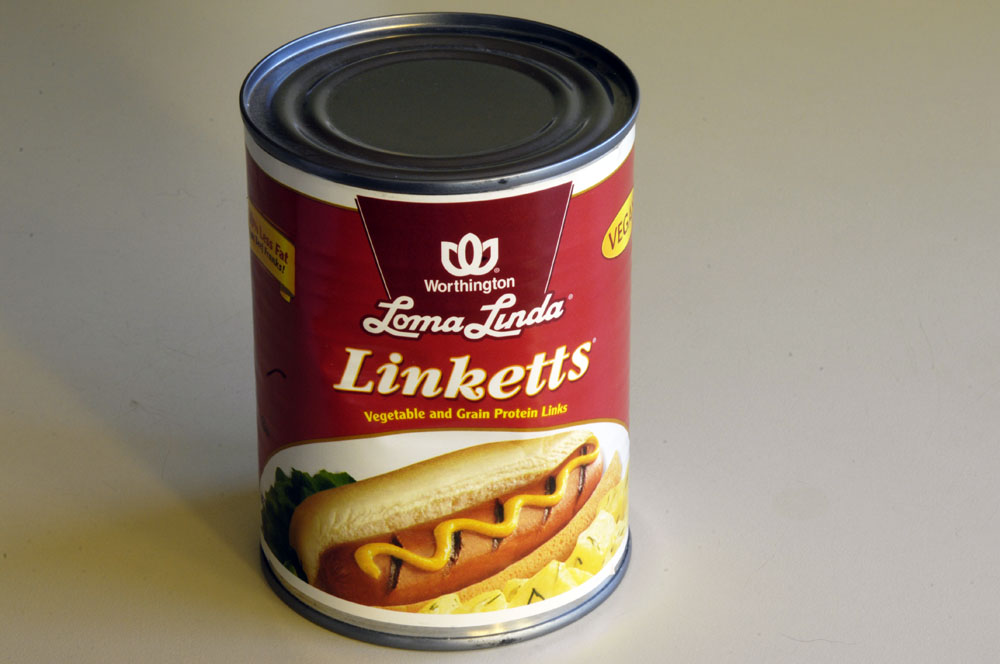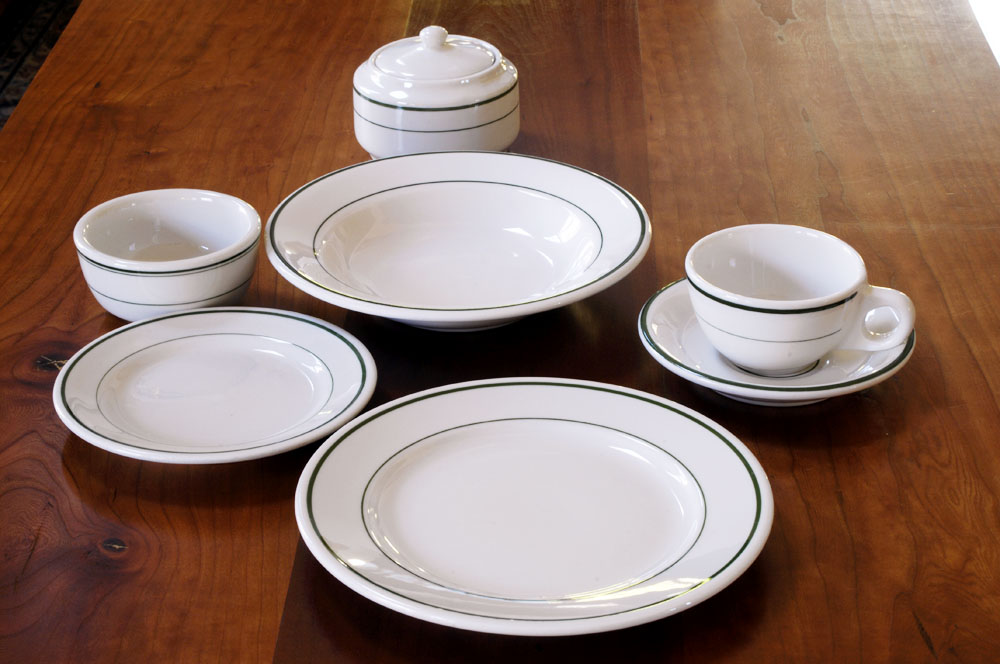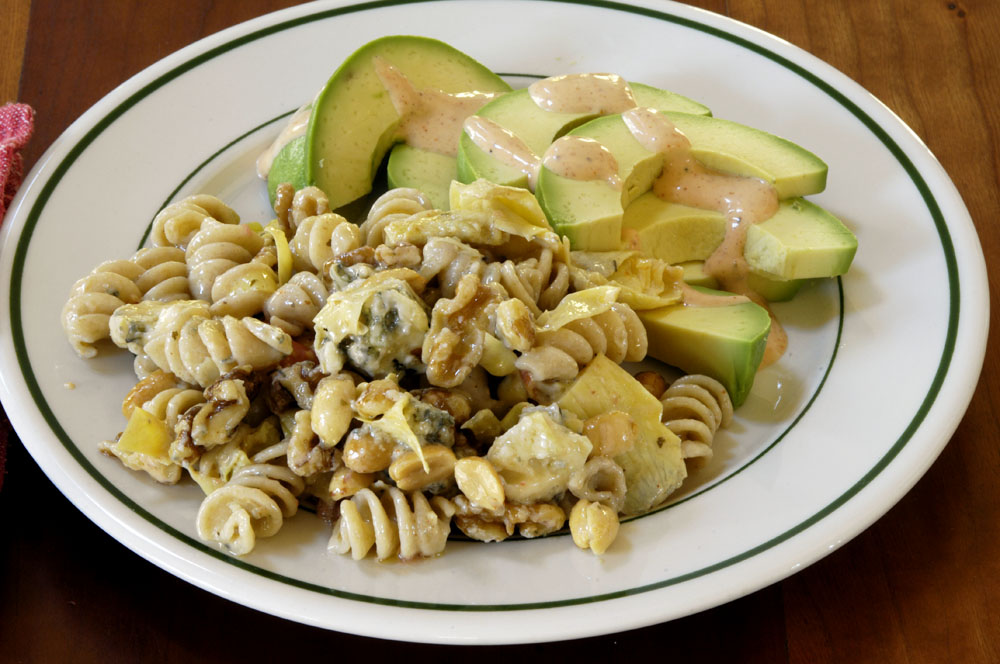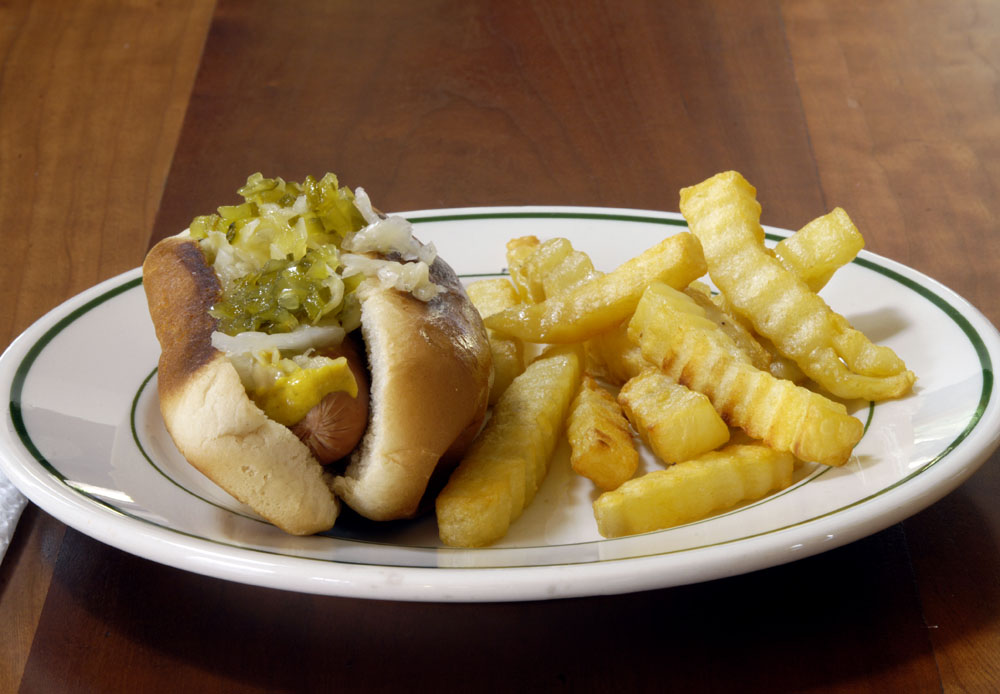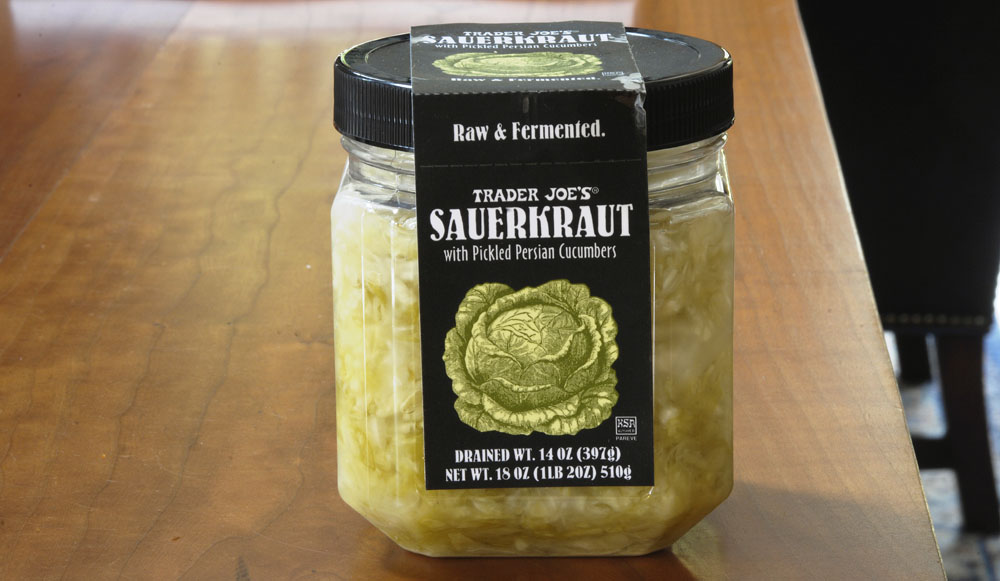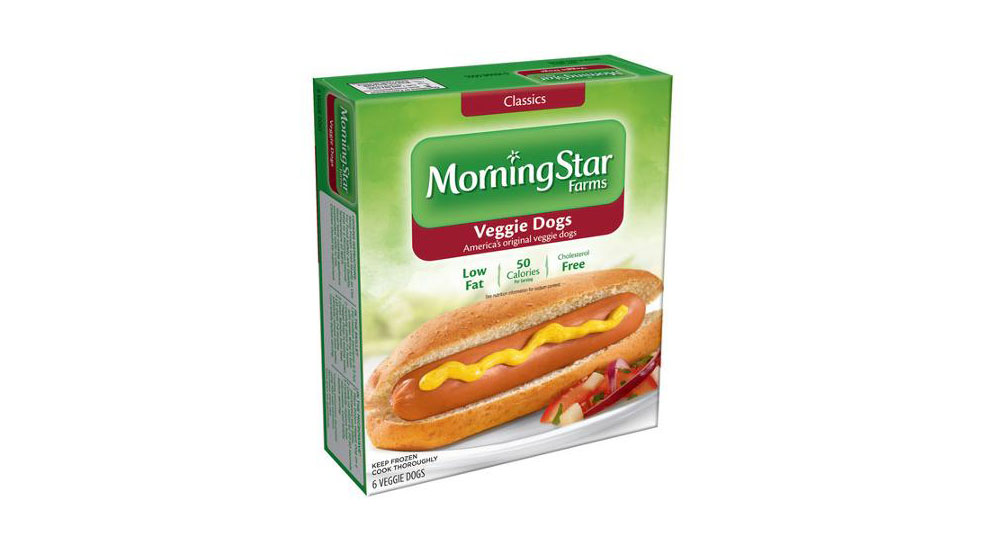When I was a young’un, I was as intrigued with the word dumpling as I was with dumplings. There was something funny, archaic, and magical about dumplings — both the food and the word. I would have guessed that dumpling is of Germanic origin, but the Oxford English dictionary throws up its hands and says that the origin of the word dumpling is obscure, though the word was first detected in Norfolk around 1600. The word dump — which may or may not be related to dumpling — has cognates in Danish and Norwegian.
In any case, most cuisines probably have the concept of dumplings. Filled dumplings are particularly intriguing. Whether you call them pierogi or pot stickers, or one of the 453 words that Italian has for filled pasta (I’m joking), it’s only dumplings that I’d particularly care to make, because I tend to be pretty bad at imitating exotic cuisines, and I always do best with stuff that is pretty traditional and old-fashioned. I do exotic cuisines only by fusing them with Southern or California cuisine.
It was the sauce that led me to dumplings for supper. The abbey stocks many types of vinegar, but one type of vinegar that I had never previously stocked is malt vinegar. I bought some English malt vinegar yesterday at Whole Foods, and I started Googling for ideas about what — other than fried potatoes — might go well with a sauce based on malt vinegar. I used to love eating pot stickers at Asian restaurants in San Francisco. Pot stickers go nicely with strong sauces. So I ended up making dumplings just to go with the dipping sauce I had in mind. I made a dipping sauce of garlic, harissa sauce (an African pepper sauce that I have learned to always keep on hand), soy sauce, honey, and malt vinegar.
The dumplings were filled with mashed rutabaga, chopped onions, and grated Havarti cheese. The dough was made only with bread flour and water. The dumplings went nicely with seared cabbage (seared cabbage is frequently served at the abbey, especially in winter). I ate the dumplings with my hands and dipped each bite in the dipping sauce.



